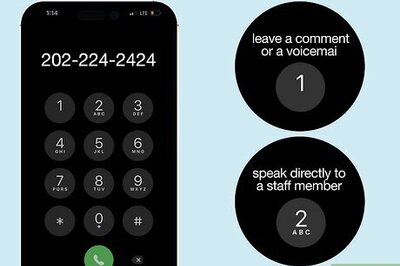
views
A sleep condition known as rapid eye movement (REM) sleep behaviour disorder (RBD) is characterised by dream-enactment actions that appear after sleep is compromised. The level of RBD dream enactment varies from gentle hand gestures to rough thrashing, punching, and kicking. Patients frequently seek medical assistance because they fear that they or their bed partner could possibly be harmed.
Non-rapid eye movement (NREM) and rapid eye movement (REM) sleep are the two separate phases of normal sleep. Rapid eye movements, steady breathing, an increase in blood pressure, and a decrease in muscular tone are all characteristics of REM sleep. However, the brain is often quite engaged, and its electrical activity resembles that of a wakeful state. Dreaming is typically linked to REM sleep.
REM sleep, which happens often throughout the night, is a common state of sleep during which you typically don’t move. Dreaming often takes place during REM sleep, which typically lasts from 20% to 25% of the sleep cycle and mostly happens in the second half of the night. The beginning of REM sleep behaviour disorder is frequently slow, and it may become worse over time.
To allow you to comfortably dream, most of your body’s muscles, namely the skeletal muscles, are often briefly paralysed during REM sleep. The term for this is muscular atonia. Temporary paralysis does not occur in those with REM sleep behaviour disorder. As a result, people may unintentionally talk and act out their nightmares. Since REM sleep involves several intricate brain connections, researchers are unsure of the precise reason why this occurs.
As a result, the majority of RBD patients will ultimately show neurodegenerative disorders, including Parkinson’s disease (PD) symptoms or those of a similar condition such as multiple system atrophy or dementia with Lewy bodies. All of these generally appear after a lengthy period. Patients may experience mild sensory, motor, and cognitive abnormalities that are indicative of an oncoming neurologic illness before the onset of Parkinson’s syndrome.
The intensity of REM sleep behaviour disorder (RBD) symptoms varies from person to person. A person with RBD may exhibit signs such as:
- Screaming, speaking, or shouting while acting out a dream.
- Having minor limb motions or muscle twitches.
- Kicking or punching someone when they are asleep.
- Having a distinct memory of dreams upon awakening.
- Sleepwalking.
Read all the Latest Lifestyle News here

















Comments
0 comment